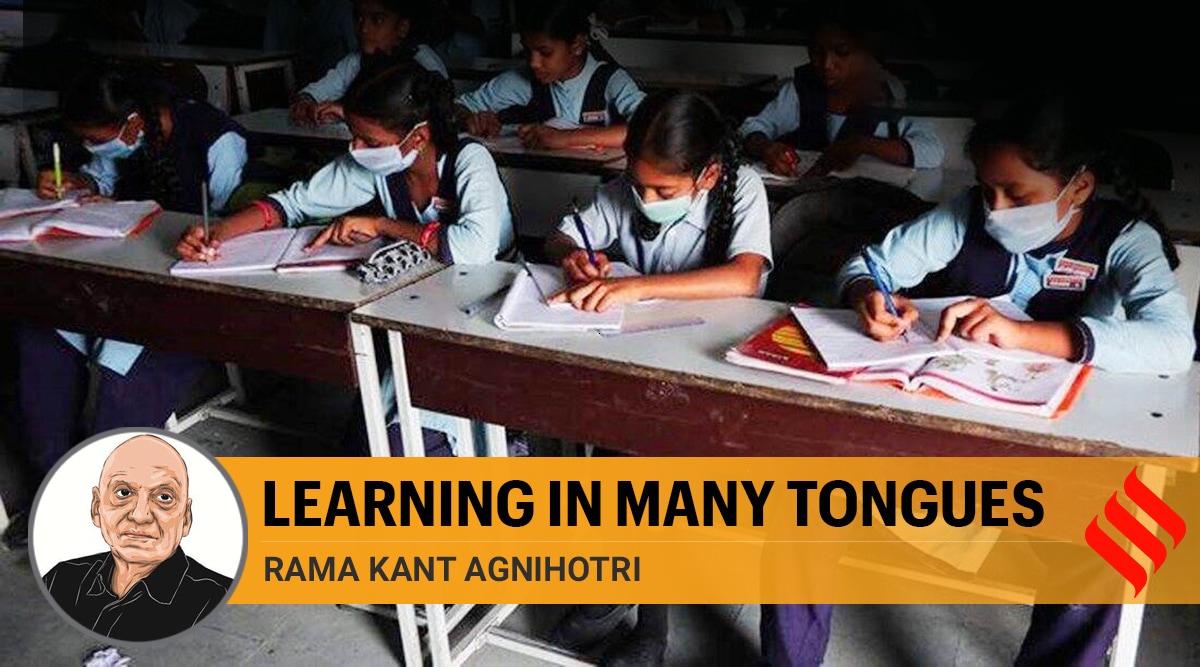
As with any instructional design, educators seeking to incorporate Perhaps the most important component is the purposeful design of flexible language practices. Principle 1: Translanguaging pedagogies should be purposefully designed and implemented.

With this goal in mind, here is the PIE framework, a set of three guiding principles to support teachers in designing and implementing translanguaging pedagogies in their classrooms Translanguaging Pedagogy in the Bilingual Classroom If we take this holistic understanding of bilingualism to be true, then it is vital that bilingual educators consider ways of moving beyond the binaries of language separation to leverage students’ entire linguistic repertoires. Translanguaging theory also posits that languages are not separated in the mind of the bilingual person rather, the bilingual mind is seen as a holistic system that contains diverse linguistic resources, employed as needed for different communicative purposes. Instead, bilingualism is understood as dynamic, with translanguaging as the authentic way that bilingual individuals, families, and communities communicate (Baker and Wright, 2017). A translanguaging perspective maintains that bilingualism is not the “full” mastery of two or more individual (separate) languages. Our approach is framed around Ofelia García’s (2009) notion of translanguaging, a term that highlights the dynamic languaging practices of bilingual students. We-two teachers and one teacher educator-have grappled with these questions and, in response, have developed a framework for designing and integrating more flexible language pedagogies into the bilingual classroom. Thus, many are left wondering: Can a bilingual classroom embrace more flexible language practices while still privileging the minoritized language? And, if so, what would such practices look like? On the other hand, teachers recognize that their emergent bilingual students exhibit a range of dynamic bilingual languaging practices not often represented in classroom instruction. On the one hand, teachers are tasked with upholding the program’s language allocation polices, which generally endorse strict language separation as a means to “protect” the minoritized language. In this reflection, Aubrey reveals a tension that many dual-language educators face when planning for language in their classrooms. In this moment of clarity, I began to wonder about the real risks for my students if they were never exposed to the benefits of translanguaging as a resource for their language and literacy learning. In that moment, I realized I had only been activating half of my linguistic repertoire, while my student had been leveraging all of hers, converting the English verb tag into a grammatically correct “Spanglish” phrase to express her outrage that a classmate had tagged her in the playground game. Frustrated, the student replied, “Me taGÓ, like in tag, Maestra.” One day at recess, a distraught five-year-old approached me and proclaimed angrily, “Fulanito me tagó.” Confused, I attempted to understand her meaning: “¿Te tocó?” (“He touched you?”) She shook her head.


 0 kommentar(er)
0 kommentar(er)
